فهرست مطالب
Namakdan Cave, one of the top natural attractions on Qeshm Island, is known as the longest salt cave in the world. With stunning salt stalactites and stalagmites and therapeutic properties, this cave attracts thousands of visitors each year.
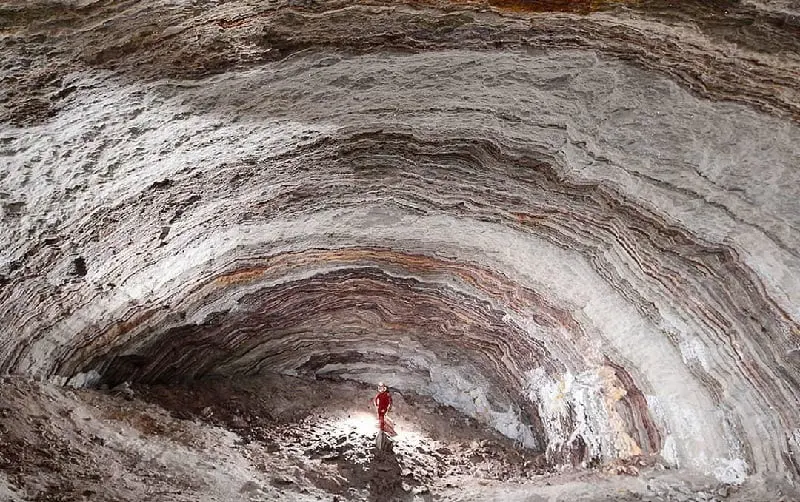
Main Text:
Namakdan Cave, also known as the Salt Cave, is one of the most unique natural attractions not only on Qeshm Island but worldwide. Stretching over 6 kilometers, this cave is recognized as the longest salt cave in the world, attracting many tourists and nature enthusiasts each year.

Natural Features of Namakdan Cave
The walls of Namakdan Cave, covered in shimmering white salt crystals, offer breathtaking views for visitors. The cave’s stunning salt stalactites and stalagmites, combined with the light-reflecting properties of the salt crystals, provide an unforgettable natural experience.
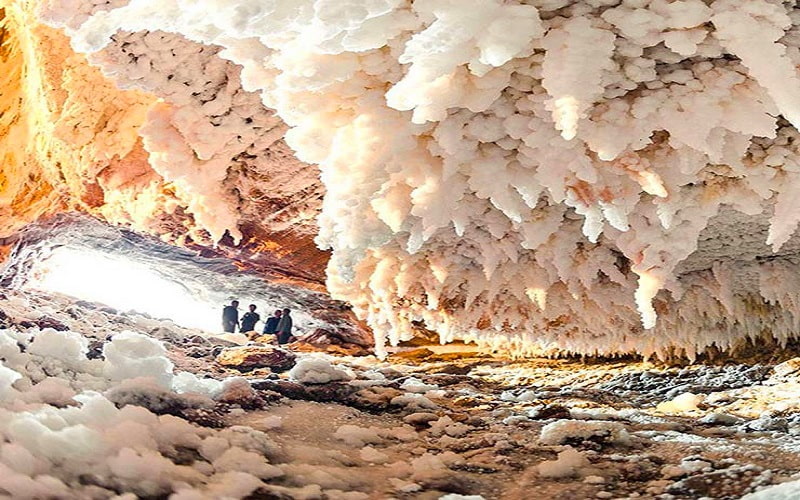
One of the cave’s main attractions is the salt river that flows from within. This river, composed of groundwater and saline solutions, is not only visually captivating but also known for its therapeutic properties. It is said that the waters can help treat skin and respiratory conditions.
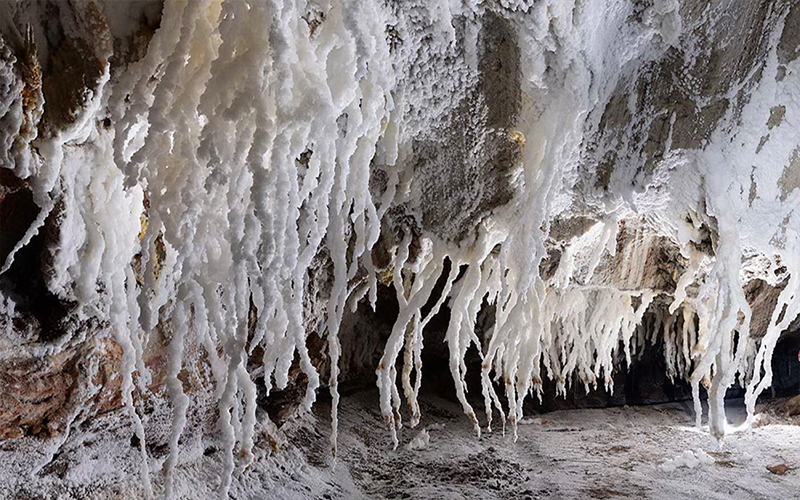
History and Significance
For centuries, Namakdan Cave has been regarded as a sacred place by the local inhabitants. Local beliefs suggest that the cave was used for religious and healing rituals. The ancient artifacts and wall paintings found in parts of the cave highlight its cultural and historical significance.
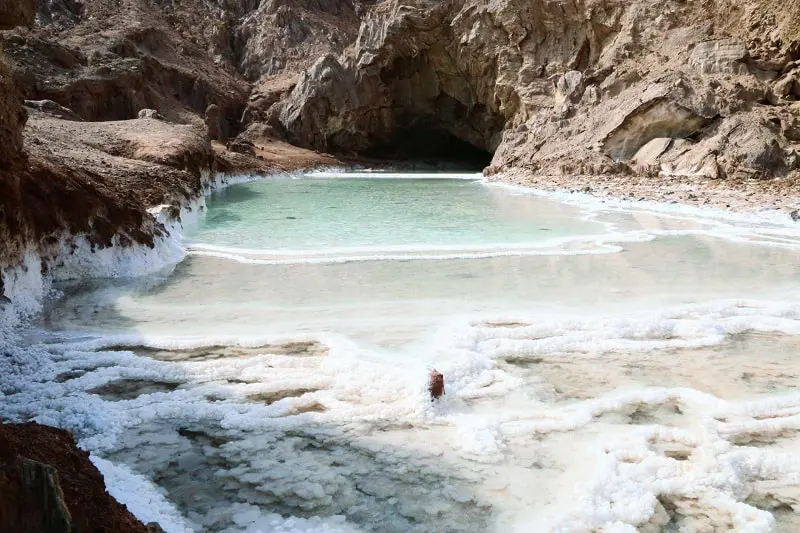
Visiting Experience
For those planning to visit Namakdan Cave, it is best to travel during the cooler seasons, especially winter. When entering the cave, it is advisable to wear suitable shoes for walking on slippery paths and gloves to protect your hands from sharp salt crystals. Additionally, since some parts of the cave are dark, bringing a flashlight is essential.
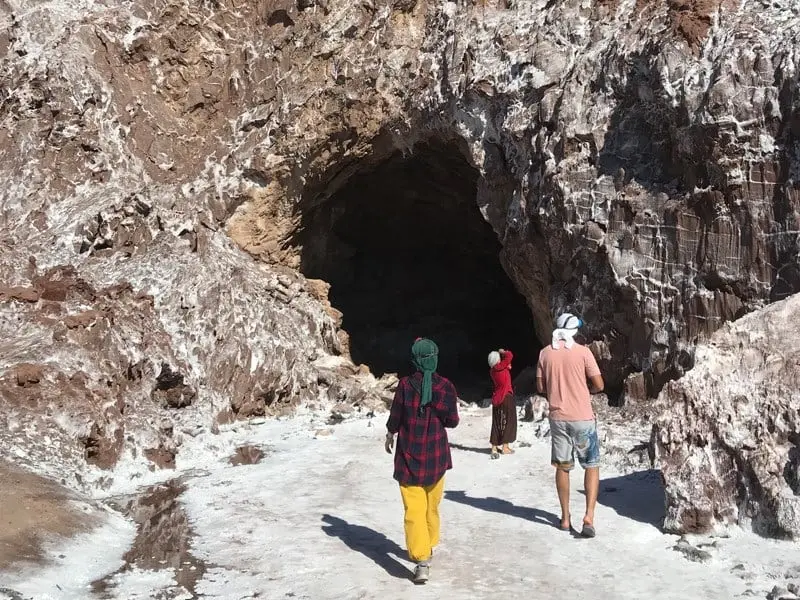
4o